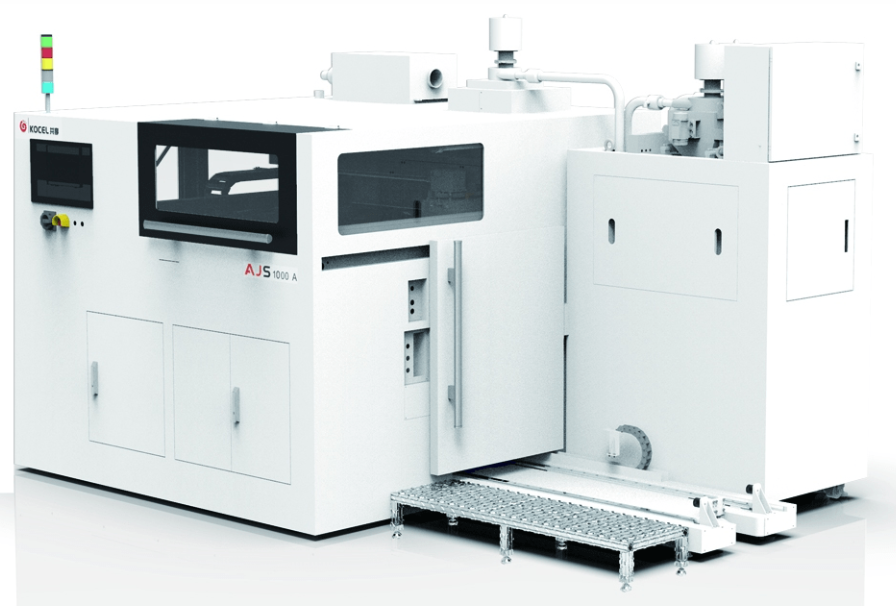Peking University Third Hospital, a leading hospital in China, has reported positive results using implants produced by a 3D printer in a recent clinical trial.
“We started clinical trials on 3D-printed implants at the end of last year. So far, we have used dozens of such implants on more than 50 patients. All patients have recovered very well. No one has had any unwanted side effects or adverse reactions,” said Liu Zhongjun, director of the Department of Orthopedics.
The 3D printing process, also known as additive printing, applies successive layers of materials in different shapes to make a solid three-dimensional object from a digital model. However, the shape of the 3D products varies quite a bit from the previous model.
In the implant, the material used is titanium, a special metal used in orthopedic implants for decades.
Orthopedic implants are performed by inserting artificial devices into joints and bones to restore functional activities, such as spinal implants to stabilize the spine, or hip replacements. 3D implants are widely used for patients with injuries or diseases related to bones and joints, such as osteoarthritis, joint pain and stiffness.
OTHER NEWS











